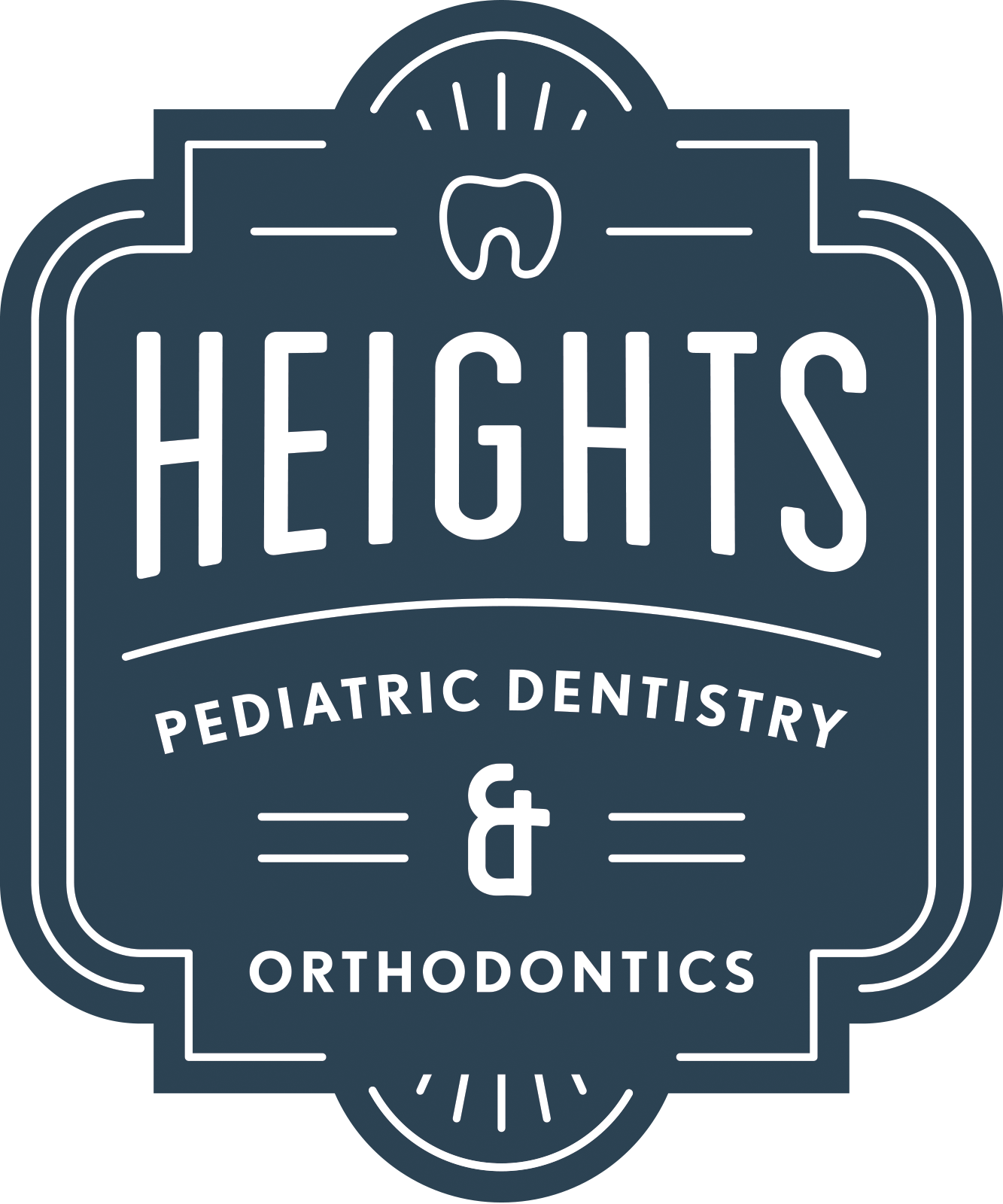Why Pediatric Space Maintainers Are Important
/Caring for your child’s primary teeth (also called milk teeth or baby teeth) can not only help in maintaining a great smile but also in children’s proper nutrition and general well-being. Establishing a good oral hygiene routine while they are still young can have a lifelong impact.
One of the most important roles baby teeth have is preparing the space for proper alignment and growth of permanent teeth later on. The longer baby teeth are maintained, the easier for permanent teeth to emerge in proper alignment.
Because of that, when primary teeth have to be removed for various reasons such as abscess, trauma or accident, pediatric dentists recommend space maintainers. These easy and comfortable devices hold the space for the permanent teeth’s future slot and keep the surrounding teeth from infringing on the area.
Space maintainers are not permanent and they are removed when permanent teeth erupt. There are two types of pediatric space maintainers that your dentist may recommend, fixed and removable. As the names suggest, the first one stays in the mouth although not permanently while the other is removable. At Smiles For Kids we almost exclusively use fixed space maintainers.
Fixed space maintainers are recommended for children because they are easy to maintain and are less likely to be damaged or lost. Space maintainers can be placed on either the upper or lower arch to replace missing teeth and can save space for back teeth that are not ready to emerge.
- Fixed Space Maintainers
- Unilateral – as the name suggests, this type is attached to one side of the mouth only. It is used to replace one baby tooth and examples are: band and loop, crown and loop or distal shoe.
- Bilateral – two types can be used: one for the lower arch called “lower lingual arch” and one for the upper teeth called either a “nance” or a “transpalatal arch”. They are usually used when more than one tooth is missing or on the patients with mixed dentition (both baby and adult teeth). It is cemented with bands on both back teeth and a wire resting on either lower front teeth or across the palate. A lingual arch can also be used in permanent dentition when the patient is waiting for prosthetic or orthodontic therapy.
- Pediatric Partial Denture-this spacer is used when anterior (front) teeth are lost due to either an accident or an abscess. As opposed to back teeth, the front ones are not as important for chewing or space holding so these spacers are considered purely for esthetics.
- Removable Space Maintainers
Removable space maintainers are not often used for children. They perform the same functions as the fixed type, but are more prone to breakage and loss.
Whatever space maintainers you and your dentist have decided to use for your child’s current condition, good oral hygiene must be practiced at all times. Brushing and flossing around and under the retainers is very important so please talk to your pediatric dentist and hygienist to make sure you have all the necessary skills and tools to help your child in healthy growth and development of permanent dentition.
